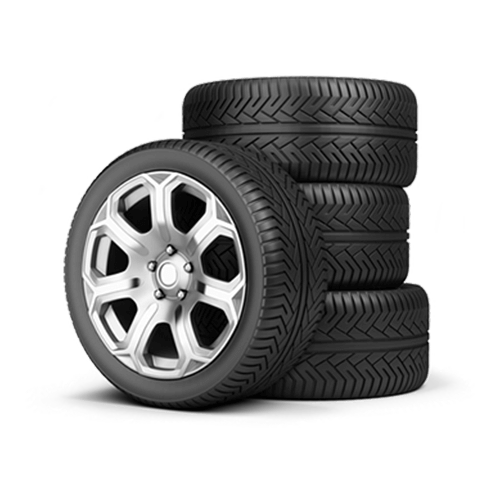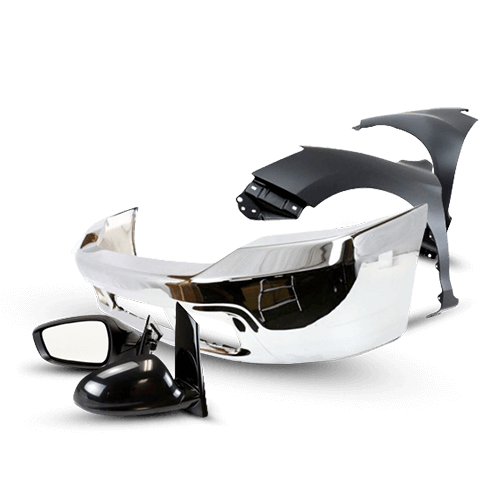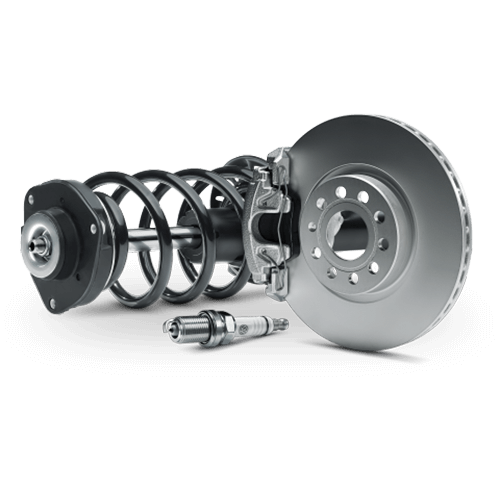
What is an Engine & it's Component | Part 1 of 2
What is an Engine & it's Component | Part 1 of 2
Engine
Engines are the most complex part of any car. They are responsible for converting fuel into energy that can be used to move the car. Engines can come in all shapes and sizes, depending on the type of car they are powering. An engine has many components, such as pistons, valves and spark plugs. Together these components convert fuel into energy that makes your car move.
Air Cleaner
An air cleaner is a device that removes dust and other particulates from the air stream that flows into an internal combustion engine, typically a car, to prevent it from entering the engine, where it could cause damage.
The air cleaner is usually located near the engine intake manifold, and uses various devices to filter the incoming air. The most common type of filter is a paper or fabric filter, which catches larger particles. Air cleaners may also use electrostatic filters, which can catch smaller particles at higher efficiencies.
Belt Tensioner
A belt tensioner is a device that keeps the belts in an automobile running smoothly and at the right tension.
A belt tensioner usually consists of a metal cylinder, with a spring inside, which grips the belt against one or more metal plates. The cylinder is mounted to the vehicle's engine or transmission, and as it turns, it pushes on the belt to keep it taut.
Camshaft
The camshaft is a device that rotates in order to open and close the valves of an engine. It is typically located in the cylinder head and it works with the crankshaft to provide a reciprocating motion.
It is the camshaft that controls when the valves open and close. The timing of when they are opened and closed will be different depending on what type of engine it is.
Camshaft Housing
The camshaft housing is the metal cylinder that surrounds the camshaft.
The camshaft housing can be made of aluminium or cast iron, and it often has an oil seal on the front that protects the engine from leaking oil. The housing also helps to keep debris from getting into the engine.
The camshaft housing is the part of the engine that provides a base for the camshaft, which is used to control the opening and closing of valves. In most engines, it is located in front of the cylinder head on top of the engine block.
There are two types of camshaft housings: open and closed. An open camshaft housing does not cover all the working parts inside it, which can be seen with a naked eye. A closed camshaft housing covers all its working parts with a metal or plastic cover.
Connecting Rod
The connecting rod is the part of an engine that connects the piston to the crankshaft. It converts the linear motion of the piston into rotary motion, and vice versa.
The connecting rod is a rotating shaft, usually made of steel or aluminium, with a linear slot in it that allows it to connect to a piston. The length of this slot determines how far up and down the piston can move in relation to its position on the crankshaft.
The connecting rod moves up and down with every rotation of the crankshaft, converting that circular motion into linear movement at one end and back again.
Coolant Pump
A coolant pump is a device that circulates coolant through the engine to keep it at an appropriate temperature. The coolant pump is a positive displacement type of pump, and it can be either belt-driven or chain driven. The engine coolant enters the pump through a suction pipe, and then the piston forces it out through the discharge pipe.
Crankshaft
Crankshaft is a small shaft that can be found in the engine of a car. It converts the linear motion of the piston into rotational motion. The crankshaft is attached to the flywheel and it usually has three or four lobes. It converts linear motion of pistons into rotational motion and it does this by having a number of lobes on its circumference that are offset from each other.
Cylinder Block
The cylinder block is the key component of an engine. It is the part of the engine that holds all of the cylinders, and usually contains most of their internals. The cylinder block provides a rigid structure for mounting the other parts of an engine, especially the crankshaft.
The cylinder block usually has holes in it for oil to pass through and cool internal components. The cylinder block also provides a rigid mounting surface for other engine components such as pistons, connecting rods, and bearings.
Cylinder Head
A cylinder head is the part of an engine which sits above the cylinders, contains the valves and sometimes also the spark plugs.
The cylinder head typically sits atop a cylinder block that forms the lower part of an internal combustion engine. In cars and motorcycles, it is usually located between (and attached to) the valve covers, although in some engines such as Subaru's flat-4 engine it is located near the front or rear of the vehicle.
Engine Cover
The engine cover is a metal shield that is installed over the engine in a car. The purpose of the engine cover is to protect the engine from outside elements like dust, dirt, and water.
The engine cover is usually made of metal and has a specific shape depending on the type of car it belongs to. It also has an opening which allows access to some parts of the engine for maintenance purposes.
Engine Oil Cooler
A car engine oil cooler is a device that is installed in the front of the engine block to cool down the engine oil.
Car engines are cooled by circulating liquid coolant through a radiator, which transfers heat from the coolant to air that is blown over it. This works well for cooling the engine, but not for cooling the engine oil. The oil would be too thick and slow to circulate if it were cooled in this way.
An engine oil cooler uses a heat exchanger to transfer heat from the hot engine oil to a liquid coolant (usually water) flowing through it. The cooled liquid then circulates back into the radiator, while the hot liquid flows back into and through the engine itself.






